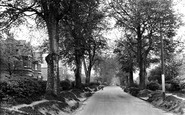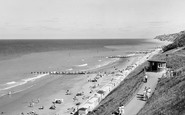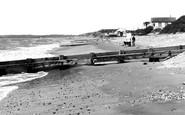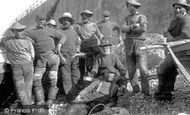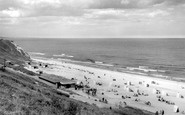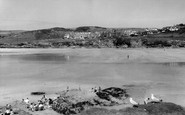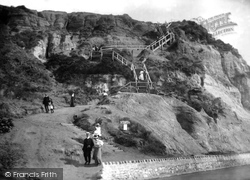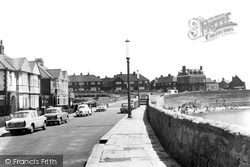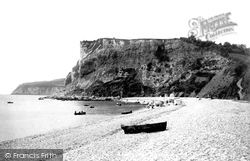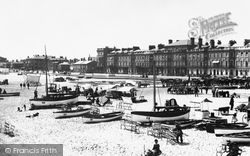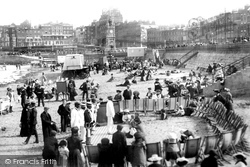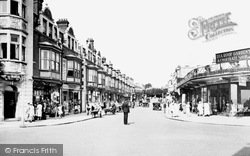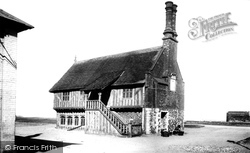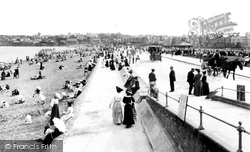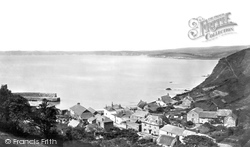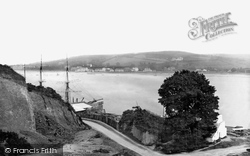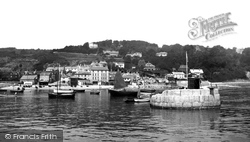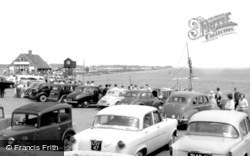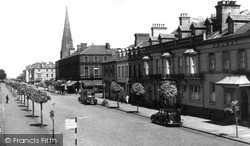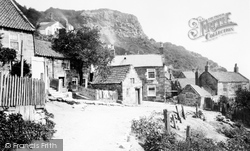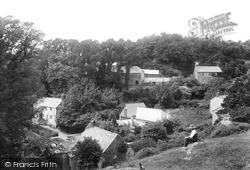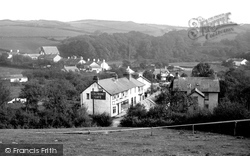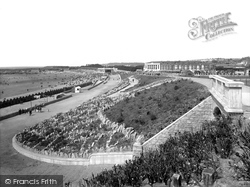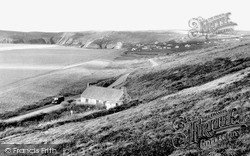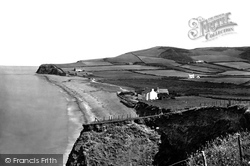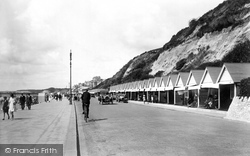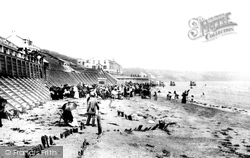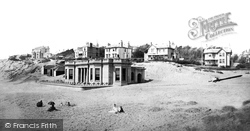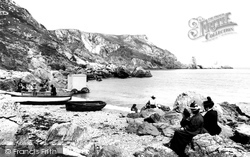Places
1 places found.
Those places high-lighted have photos. All locations may have maps, books and memories.
Photos
11 photos found. Showing results 561 to 11.
Maps
4 maps found.
Books
1 books found. Showing results 673 to 1.
Memories
1,362 memories found. Showing results 281 to 290.
The Beeches Avenue
We lived at number 20 from the early 50's to 1969 when we moved down to Devon. It was a lovely street to live in with the magnificent beeches all along. Nice neighbours- the Radfords at number 16 and the Huttons at 22. We had a ...Read more
A memory of Carshalton by
The Beeches
Isn't it funny how some things stick in your mind forever. Washford 391 was the phone number. The Beeches Camping and Caravan Site was the place and the time was the early 1950s. Bob Bosley was the owner and his brother Geoff ran ...Read more
A memory of Blue Anchor in 1952 by
The Beach We Were First
My uncle John Cooke owned the gravel pit mentioned along with the brush factory. We lived in Staplehall Road and used to go across Farmer Howard's field to the pits and go on the very same beach. In the winter my brother ...Read more
A memory of Bletchley in 1950 by
The Beach Huts
We spent many lovely holidays here and my lasting memory is of our first job was to race down to the beach and see 'Dick' Davies and sort a beach hut for our 2 weeks stay, they were a little piece of calm when the weather was ...Read more
A memory of Overstrand in 1972 by
The Beach
I lived with my sister, I was 9 when I first stayed with her. I spent many hours on the beach at Jury's Gap loving the feel of the sand and sun, it was safe in those days. Our dog, Whiskey was with me a lot of the time, although he used ...Read more
A memory of Camber in 1959 by
The Beach
When I look at these old photos, Sheringham has not changed that much, it's very strange though seeing the old Grand Hotel. I used to take the ponies round the roundabout as a young child to earn money during the summer. The water trough is still there but full of flowers instead of horses' noses.
A memory of Sheringham by
The Beach
This photo shows Crimdon Dene beach. Blackhall beach at that time was covered in coal dust and slurry caused by the tipping of the Colliery waste into the sea.
A memory of Blackhall Colliery in 1965 by
The Atlantic House Hotel
Back in 1971, I joined a friend from London on a surfing trip to Polzeath. I'm from America, and was in the middle of a year-long jaunt around Europe and North Africa. I hadn't gone surfing in several months and was ...Read more
A memory of Polzeath in 1971 by
The 50's In Cullercoats
We lived in 6 Promontory Terrace, which was on the border of Cullercoats and Whitley Bay, that was 1950 a time when the Fishermen's Cottages were just around the corner and we would have their Dressed Crab or the Wilecks as ...Read more
A memory of Cullercoats by
Captions
1,130 captions found. Showing results 673 to 696.
Apart from the areas around the mouth of the Bourne Stream, much of Bournemouth was built to the rear of the long line of cliffs, necessitating many stairways down to the beach for energetic visitors
The gardens we see in photograph H32090 can be seen just beyond the cars on the left, with St Hilda's Church behind the houses on the left.
The shingle beach here is showing the beginnings of a tourist industry, but in the late 19th century fishing was still important.
In this early view of the beach, there are already signs of local businesses capitalising on the new influx of visitors, with terraces of newly-built lodging houses and cheap hotels.
In this early view of the beach, there are already signs of local businesses capitalising on the new influx of visitors, with terraces of newly-built lodging houses and cheap hotels.
This crowded beach scene shows minstrels performing on the sands.
Station Road was probably the first view of the town for most tourists, leading as it does from the railway to the sea front.
These days, the timber-framed Tudor Moot Hall (moot is Old English for meeting) stands next to the beach. When it was built, it was right in the centre of town.
The promenade and beach are thronged with visitors. The ungainly motor vehicle in the centre is still an unusual enough feature for it to be attracting the attention of bystanders.
The steep descent to the end of a lane gives a certain isolation to Polkerris, and this early view shows perfectly how the little village clings to the valley bottom behind a beach and stone pier.
Instow grew as a resort town at the mouth of the Torridge in the 1830s, and most of the terraces and villas on the shore in this picture date from then.
This is the inner pool of the Cobb Harbour; we are looking north-westwards to High Cliff, prominent on the wooded hilltop (left).
We are looking out from Wells towards the sea. This photograph was taken at high tide, otherwise extensive mud flats would be visible. The woods on the left-hand side are part of the Holkham estate.
Tree-lined Criffel Street, in the handsome Solway seaside town of Silloth, is a reminder of the proximity of the Scottish Border.
The fishing village of Runswick Bay is set on a sheer cliff. It is also one of the most attractive harbourless villages along the Yorkshire coast.
The small hamlet of slate-roofed farm houses and cottages lies at the end of a lane near Black Head, sheltered in the valley which climbs up from Hallane Beach.
This small village had a café, the Dolybont Café (centre), whose sign was visible from the road between Talybont and Borth – the proprietors hoped that holidaymakers would stop on their way to or from
Rows of bathing huts line the beach, with bathing costumes (which could be hired) drying in the wind on lines behind them beside the newly-built promenade.
A change in sea level and erosion have combined to produce a fascinating effect off this beach, as documented by Giraldus Cambrensis: 'We then passed over Niwegal sands, at which place (during the winter
Clarach consists of dispersed settlements in a fertile valley to the north of Aberystwyth, from which it is accessible by foot over Constitution Hill.
By the 1920s, promenaders along Undercliff Drive had to cope with a modest increase in motor traffic, though the majority of visitors preferred to walk or cycle.
Judging by the crowd gathering on the beach, it looks as though a seaside concert party will shortly be giving a performance.
Cliff lifts became a popular solution to the problems of beach access in the later years of the Victorian period, and were used at a number of seaside resorts.
This quiet little corner is on the north side of Torquay and reached by way of a romantic wooded ravine.
Places (1)
Photos (11)
Memories (1362)
Books (1)
Maps (4)

